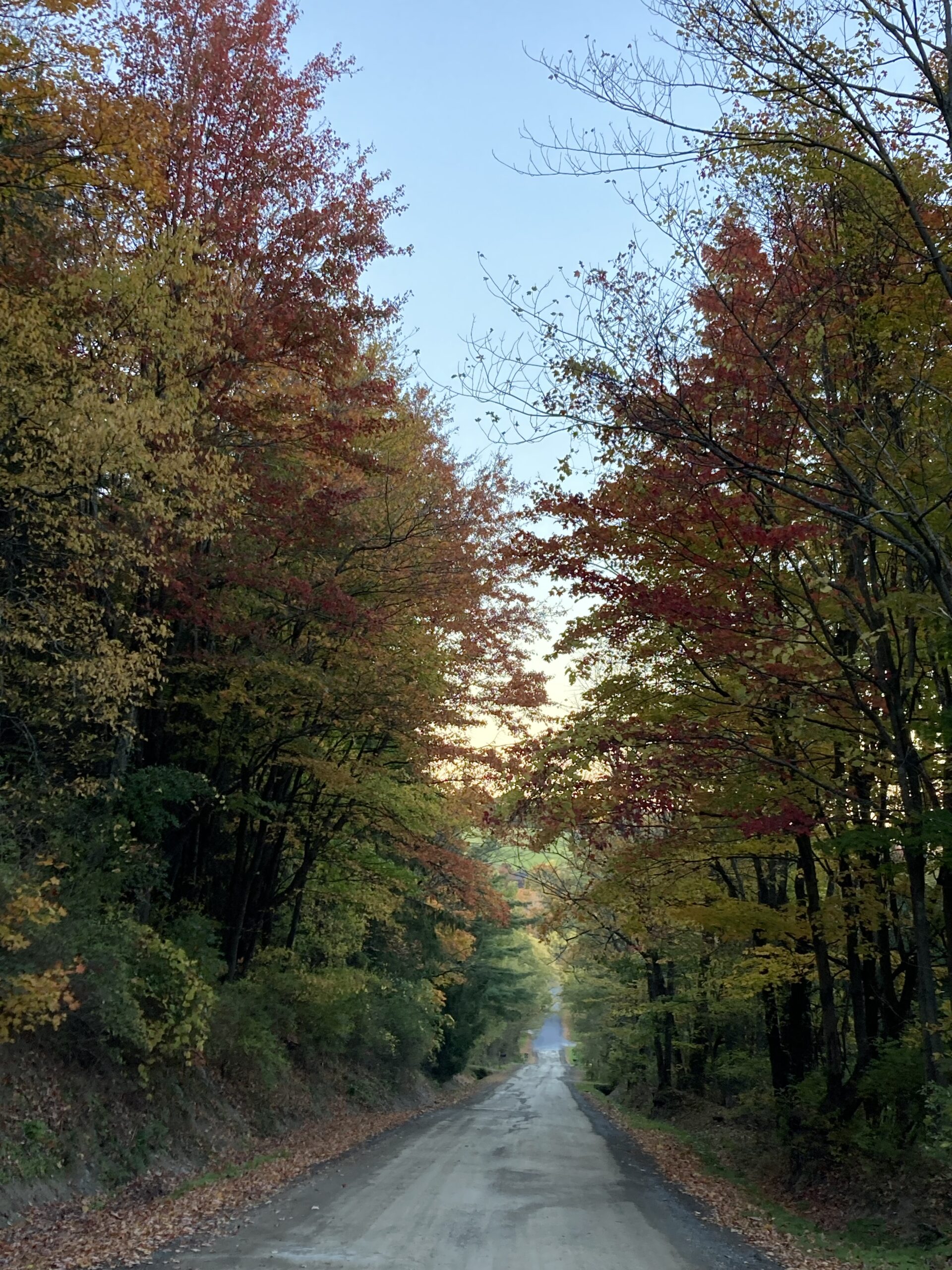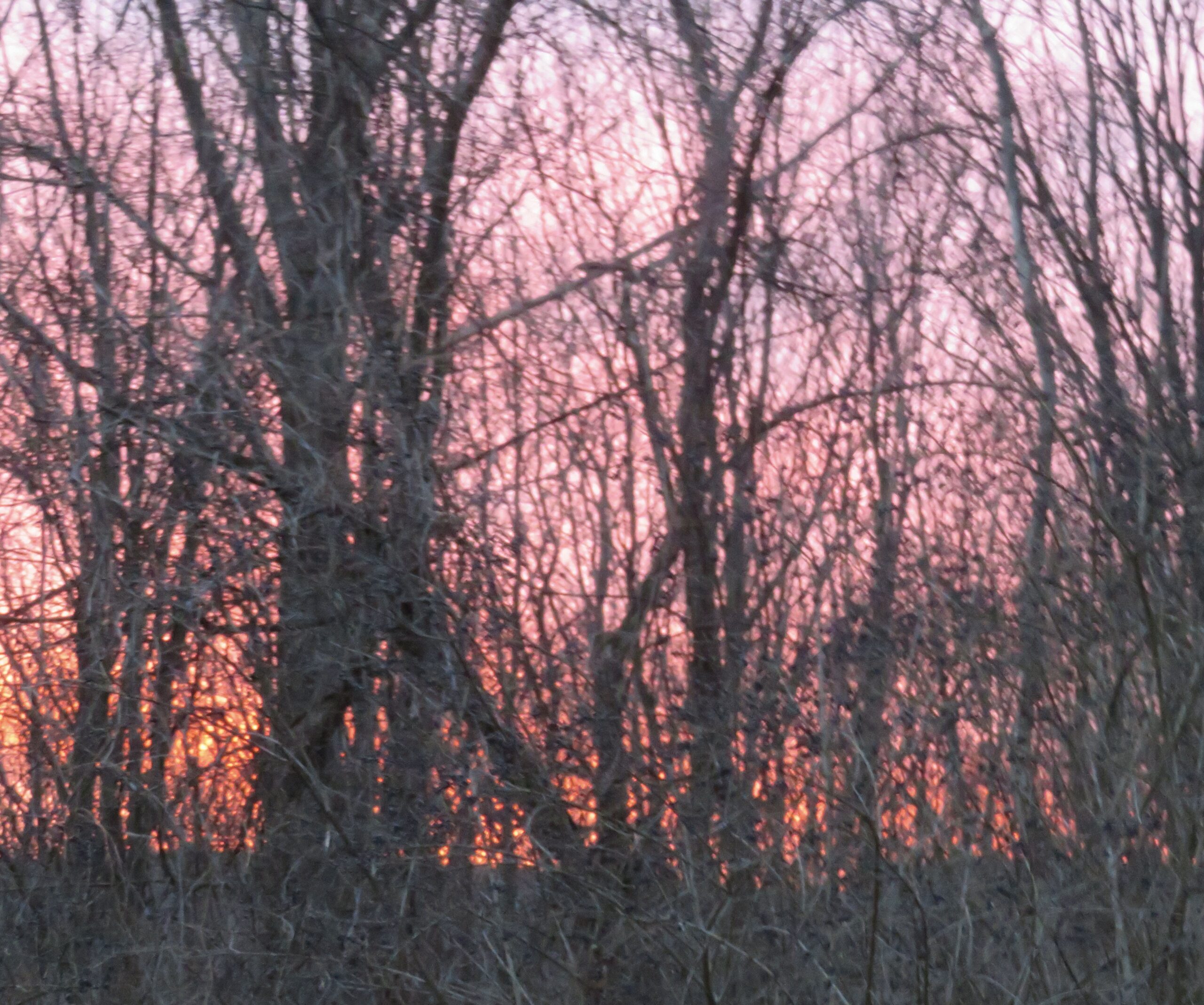Fall is such an instructive season. Of course, any season or any moment can be such, if we can allow it to be. I’m writing about the fall because it’s the time we’re living right here and now. And because the lessons are so blatant. We see the changes, see impermanence held so clearly in the embrace of beauty. Once colorful, shining flowers are now withering and dropping off their now brown, dry stems. The once lush green leaves are turning miraculous colors, only to wither and drop off, leaving trees naked to the cold. The once warm air is now, slowly, fitfully, changing to cold.
We can learn so much from just looking and feeling, not only the changes in the flowers and air, but our responses to it. We can learn from our joy over the colors as well as our fear of what might come next, with winter.
In a meditation recently, the seasons came up in dramatic fashion. Maybe it was because of the election, or the climate emergency, or my own conundrums with aging, but I suddenly felt something that is almost forbidden to speak about. I felt and saw myself buried in soil, dead. It was so frightening. I wanted to do anything I could to run away from the mere thought, or to explode the image. I considered who I could call to help free my mind from the image and get comforted.
Maybe the image reminded me how much we don’t know about dying. We don’t know when or how or what it might mean. It’s clearly the great unknown. But then I asked myself what could I, myself, do, right then, to help me live with this? What could help me face this? Was the season somehow instructive? Could the fear be used as a soil in which to personally, spiritually grow?
I started imagining doing or picturing different things. I studied my response to each imagined action and noticed if I freaked out ⎼ or felt ok. I thought of my wife’s flowers. She’s an amazing gardener. Our home in spring and summer, and to a lesser extent, in the fall, is surrounded by their beauty. And I thought of the trees I loved. There was inspiration imbedded in the flowers and trees.
As I pictured my body lying in the soil, I unbelievably felt flowers grow from me. Never before⎼ never ever before did I feel this thought as a comfort. Never. But maybe what turned the soil from something traumatic to something fruitful is the love I felt. Maybe there was something in the love. The flowers I saw in the dream were, after all, my wife’s. Maybe loving her right then was enough to help me realize this moment right now was enough; that nothing was lacking in my life.
And maybe by facing this directly, something in me flowered? Maybe the image of death was a distraction of sorts from my meditation⎼ or maybe it was the object of the meditation.
It’s so very difficult to accept, live fully with, the reality that I’m going to die someday… Yet, possibly, if I could simply notice and accept the reality of death, without fear making me cling to it or hide from it, I could move on without fear to face whatever the moment held for me. Facing this fear would hopefully help me face any fear. I could learn from the emotion without it clouding my mind or heart and act freely and appropriately….
*To read the whole article, please go to The Good Men Project.



